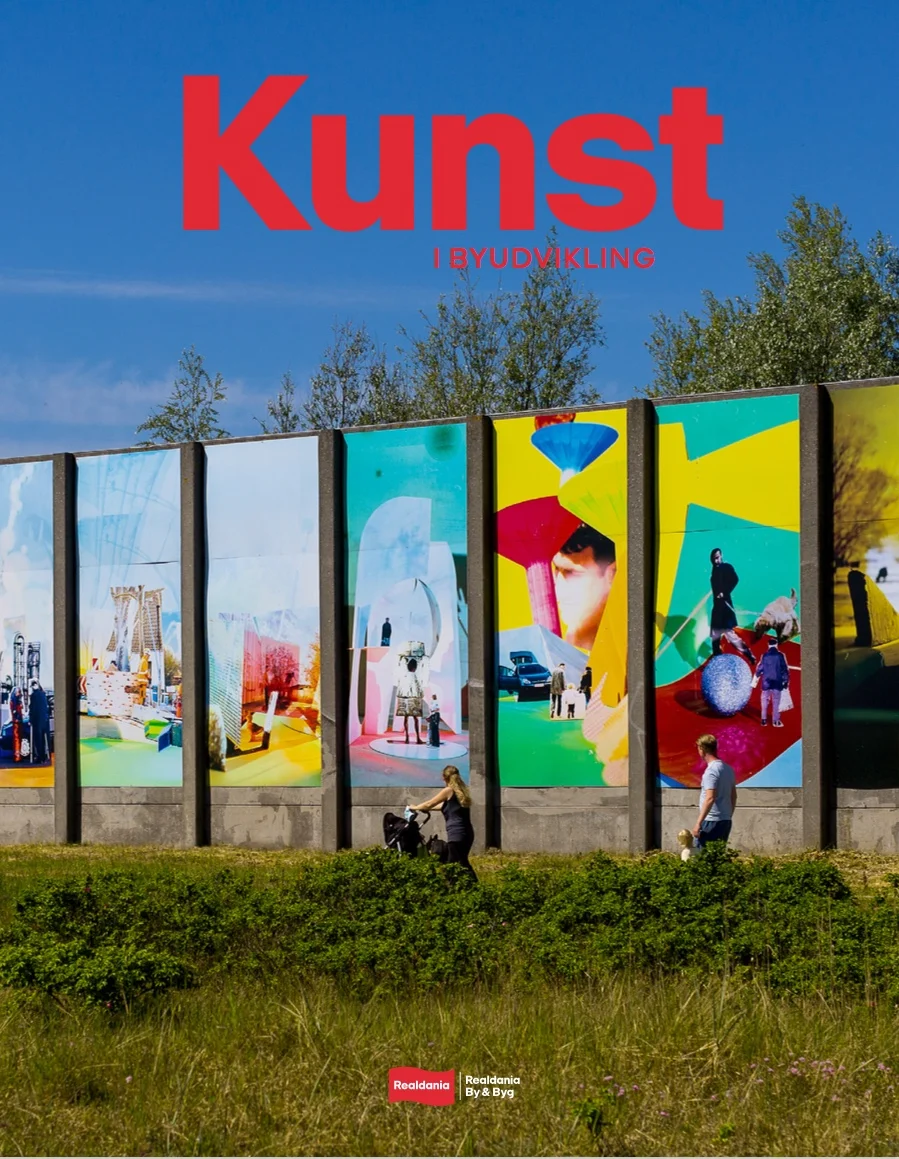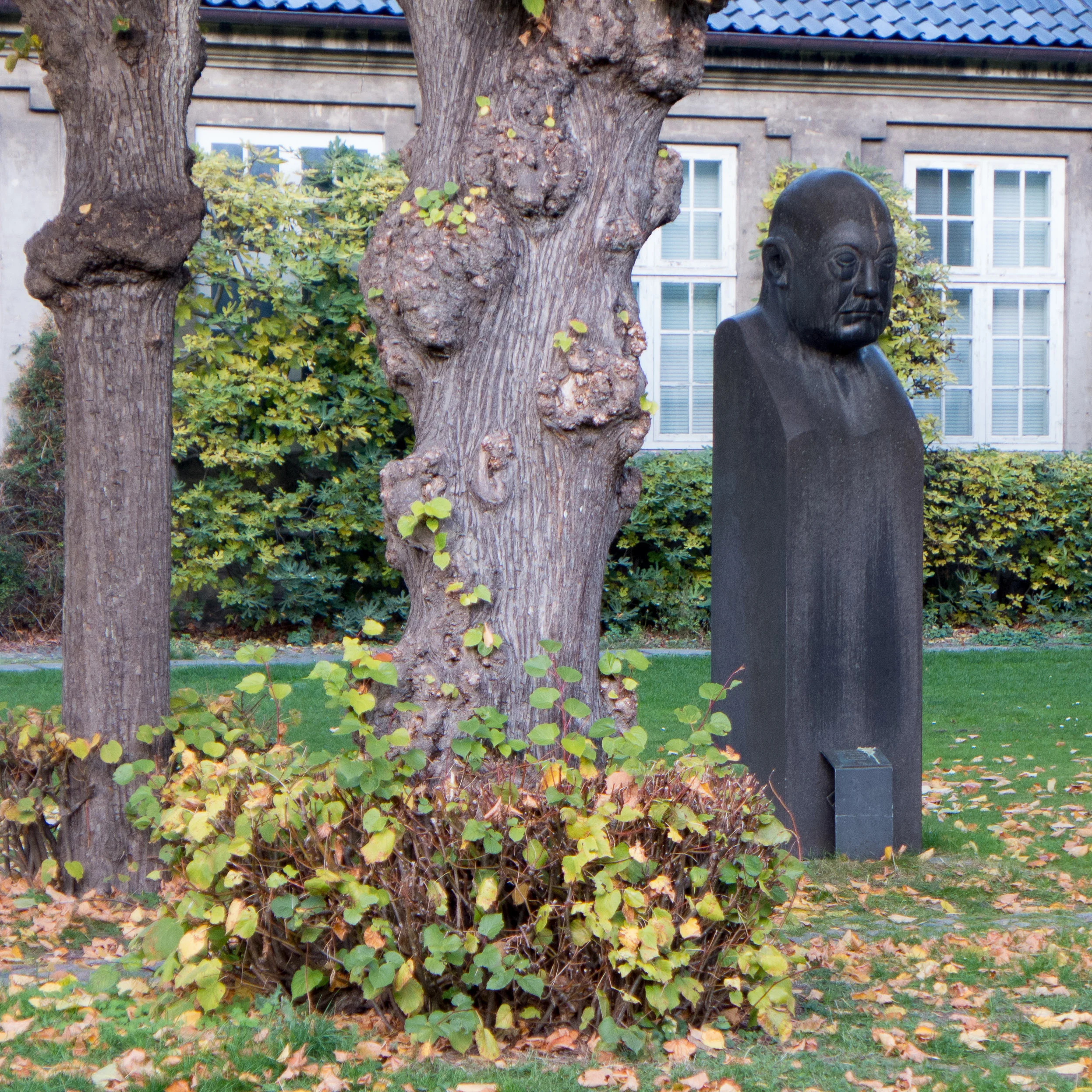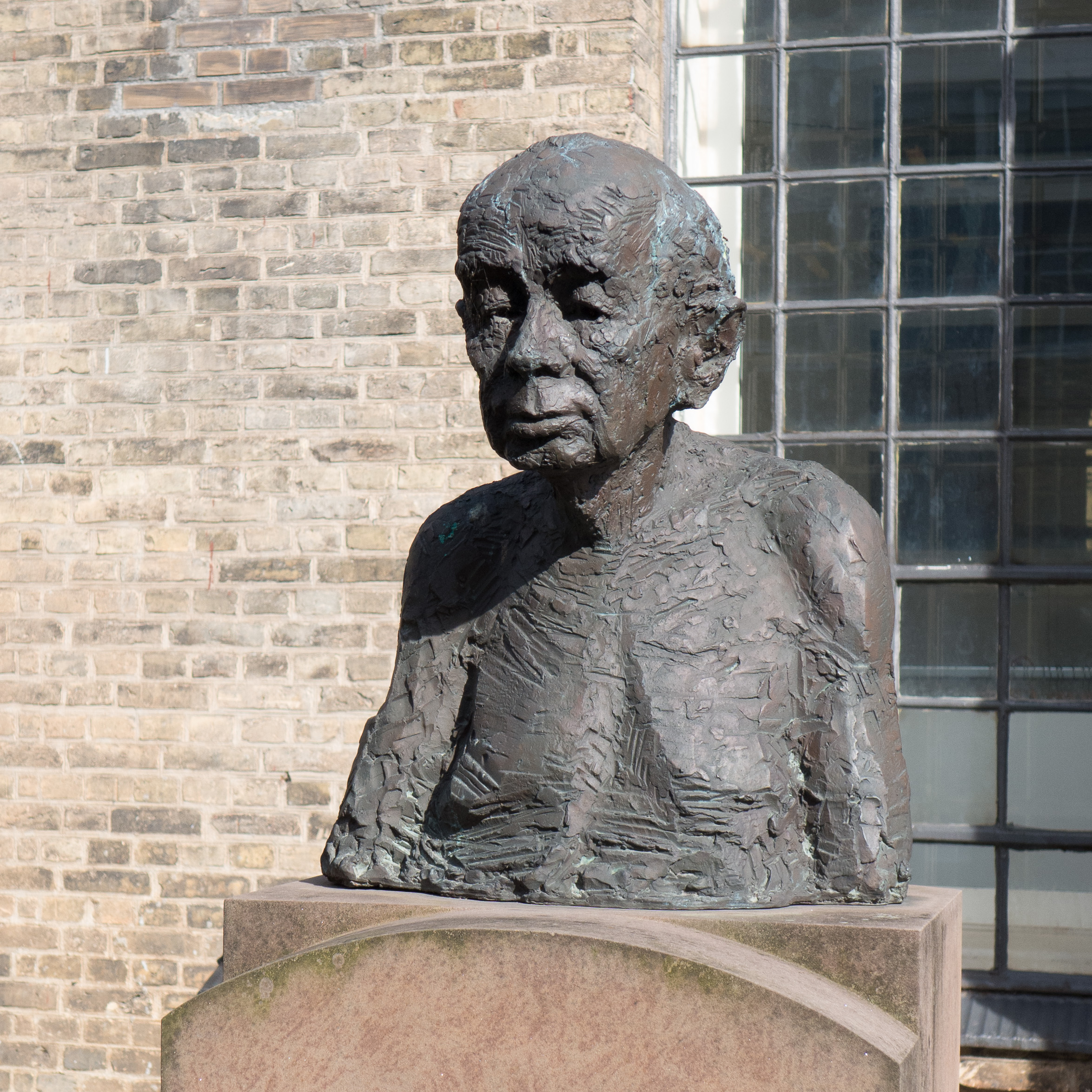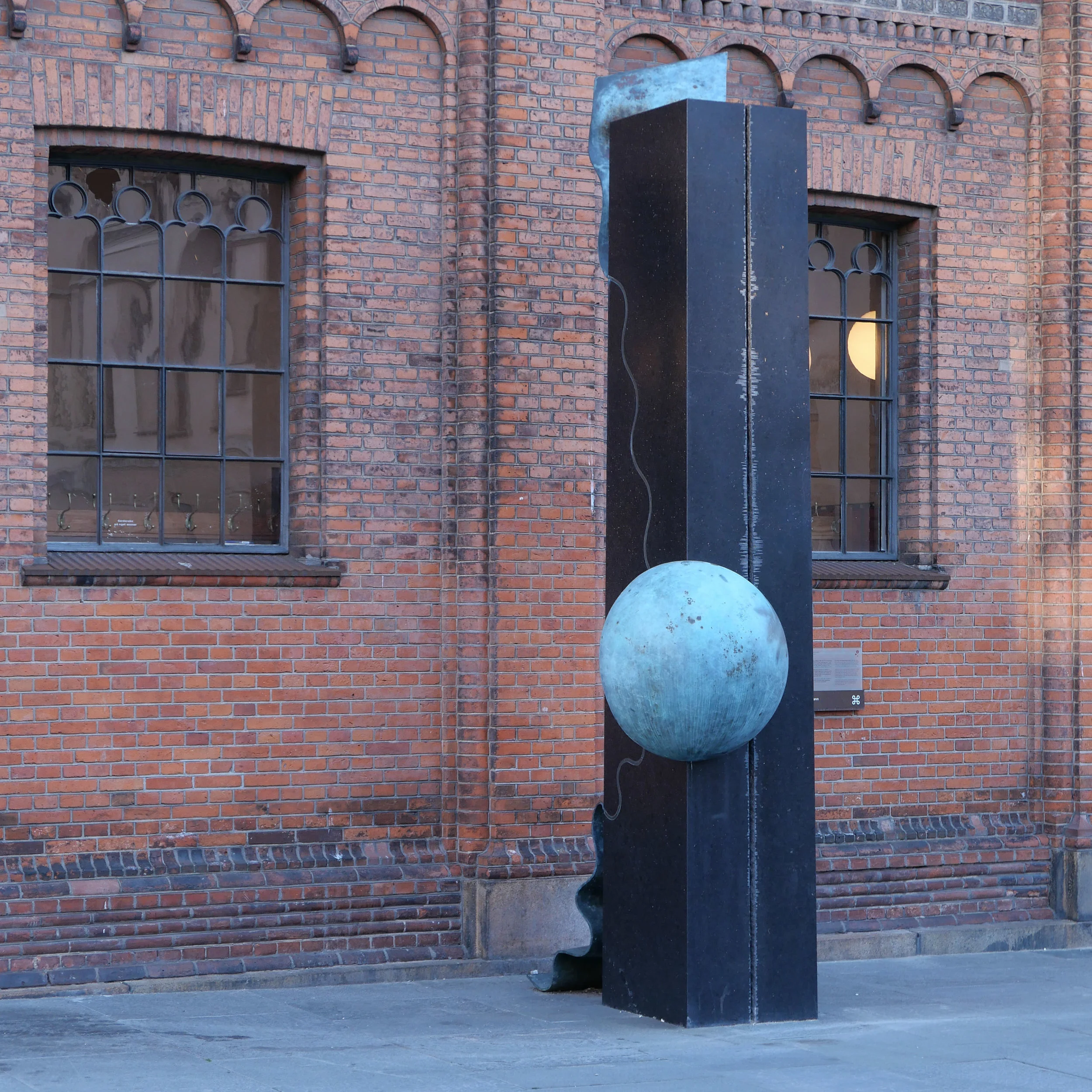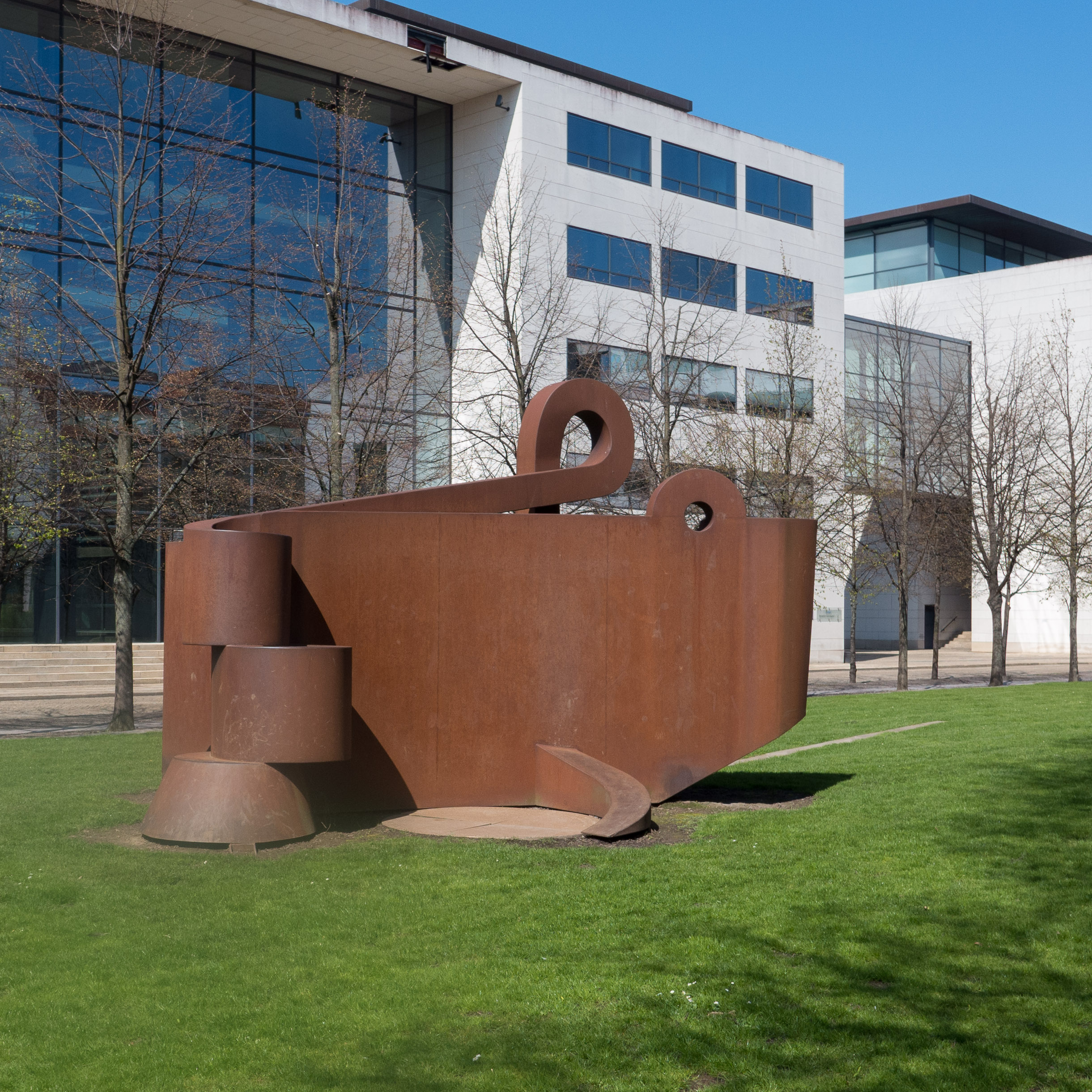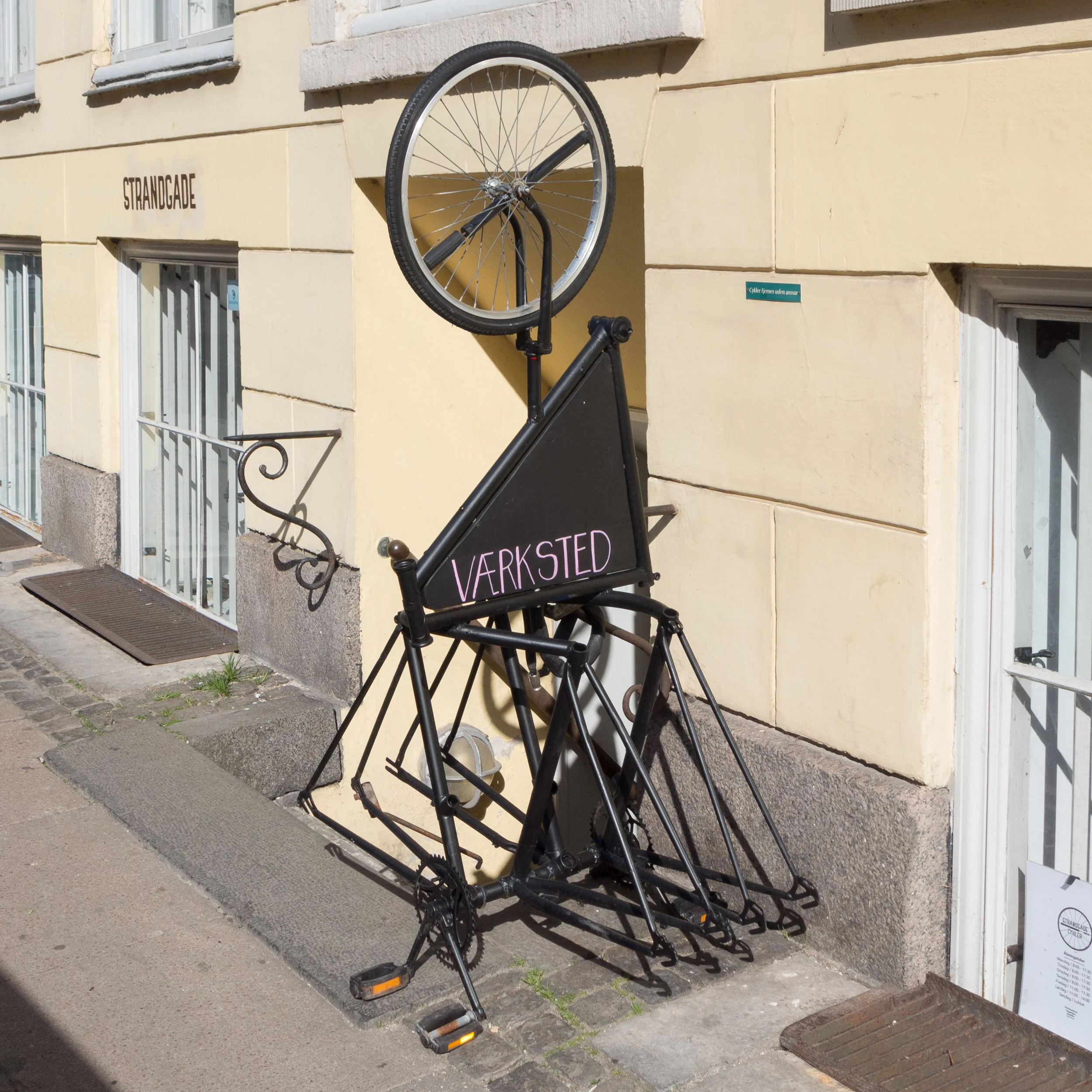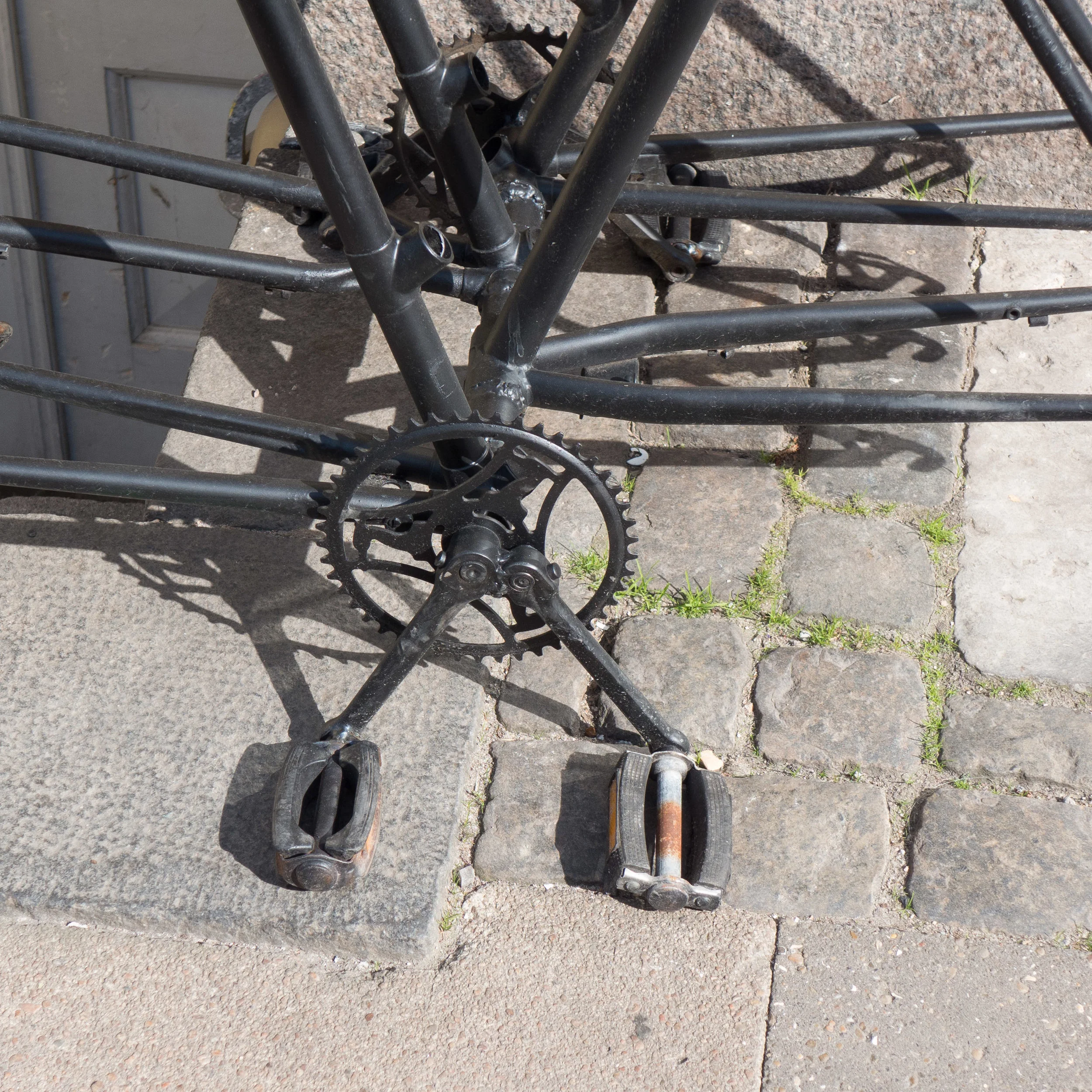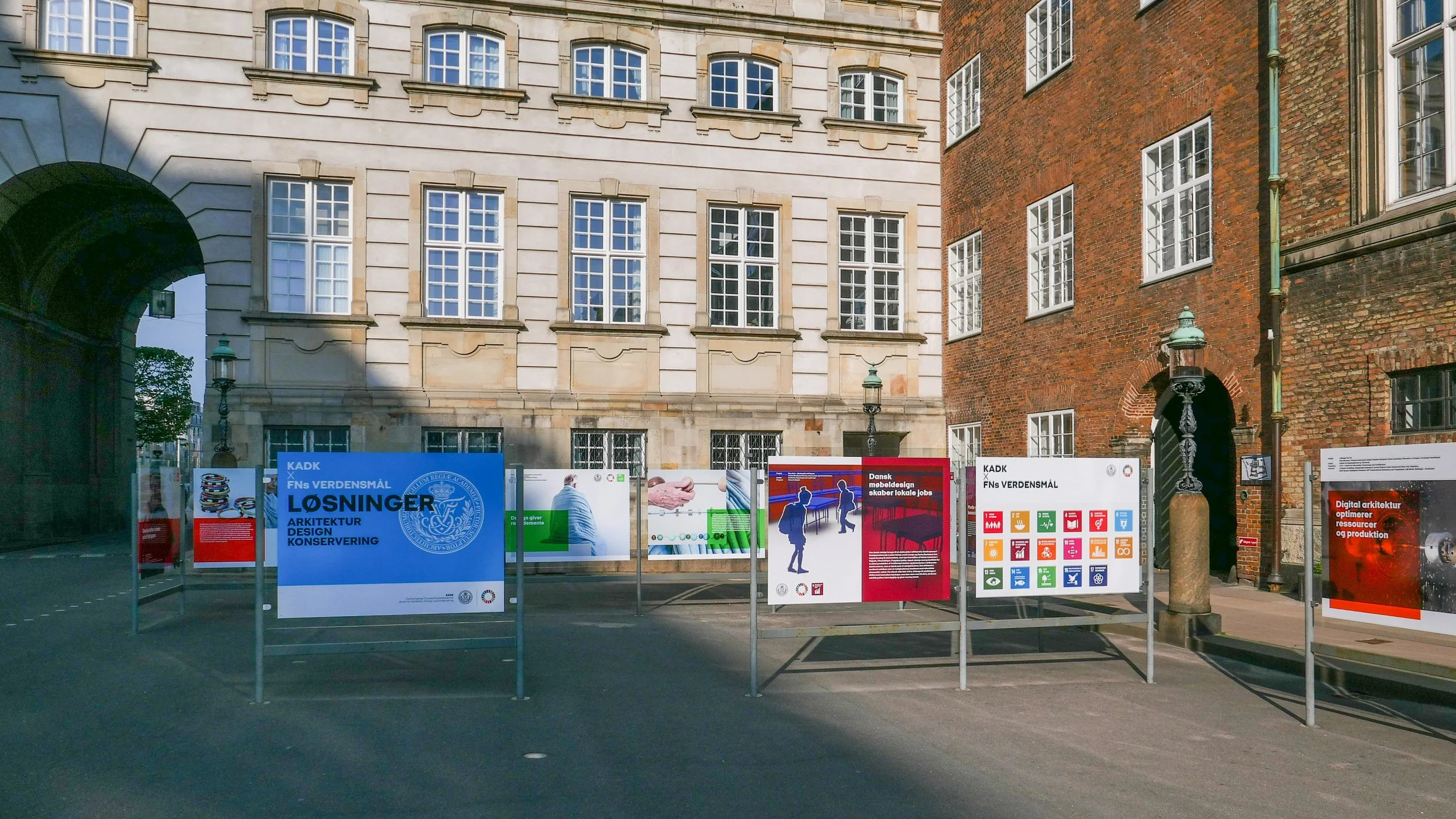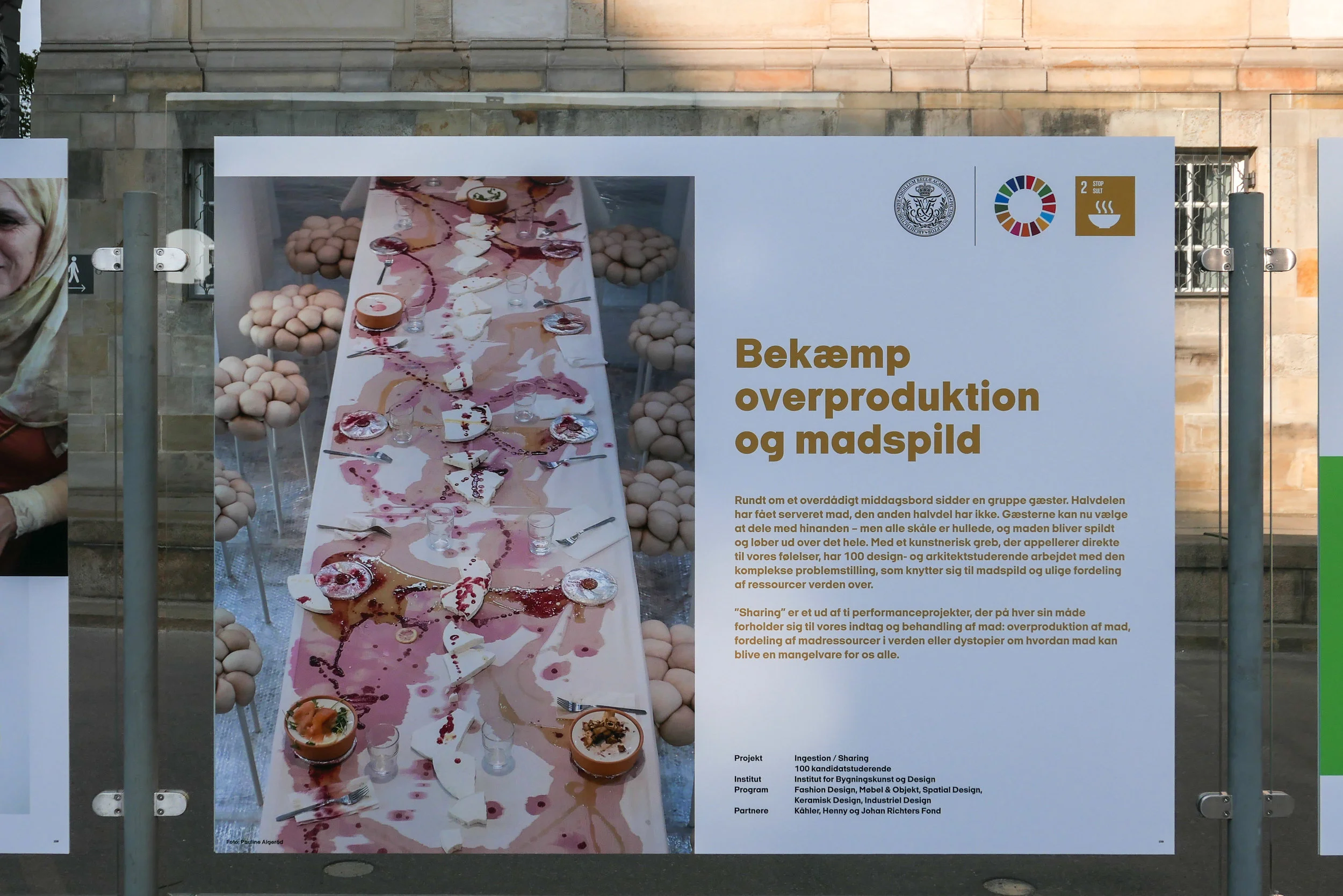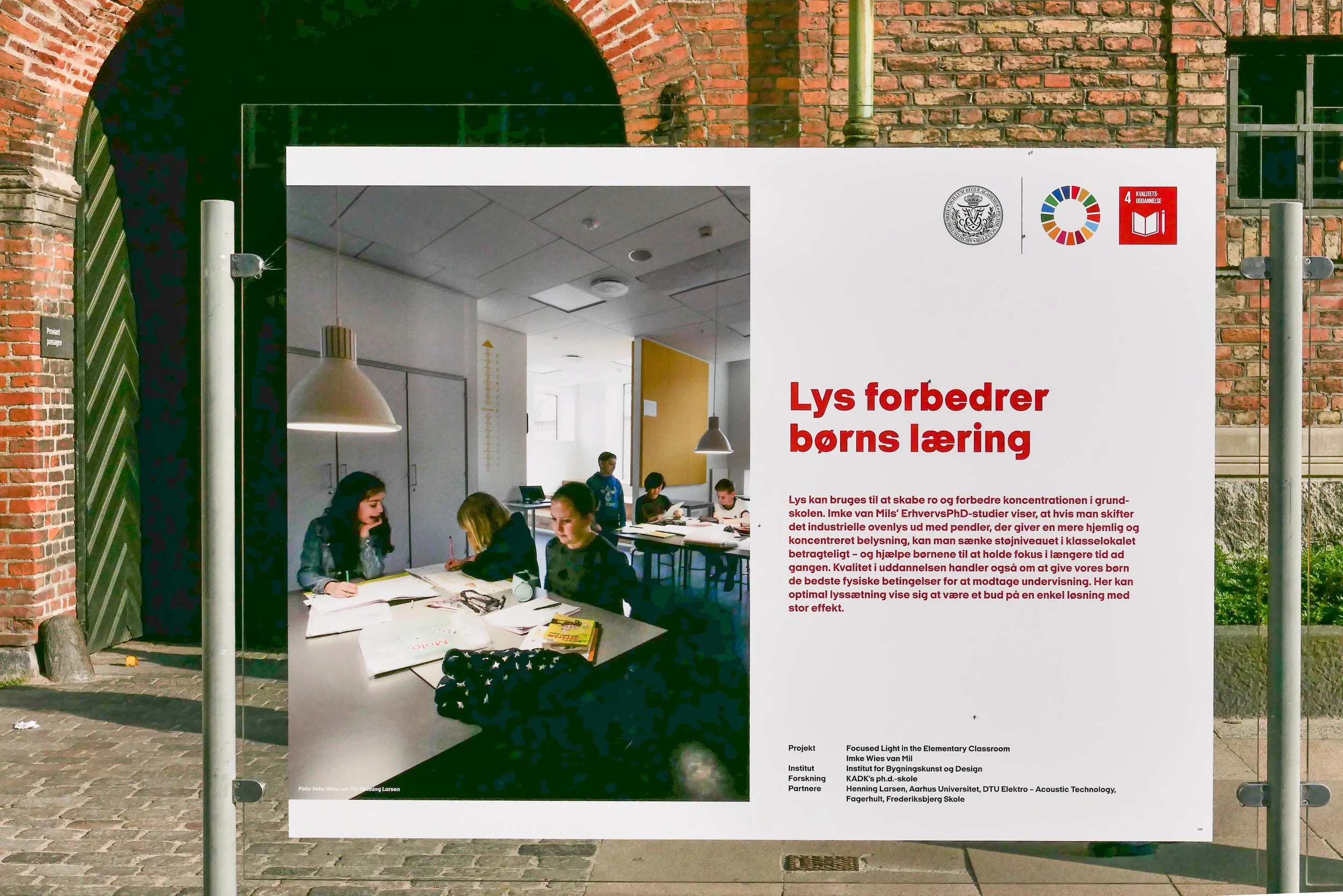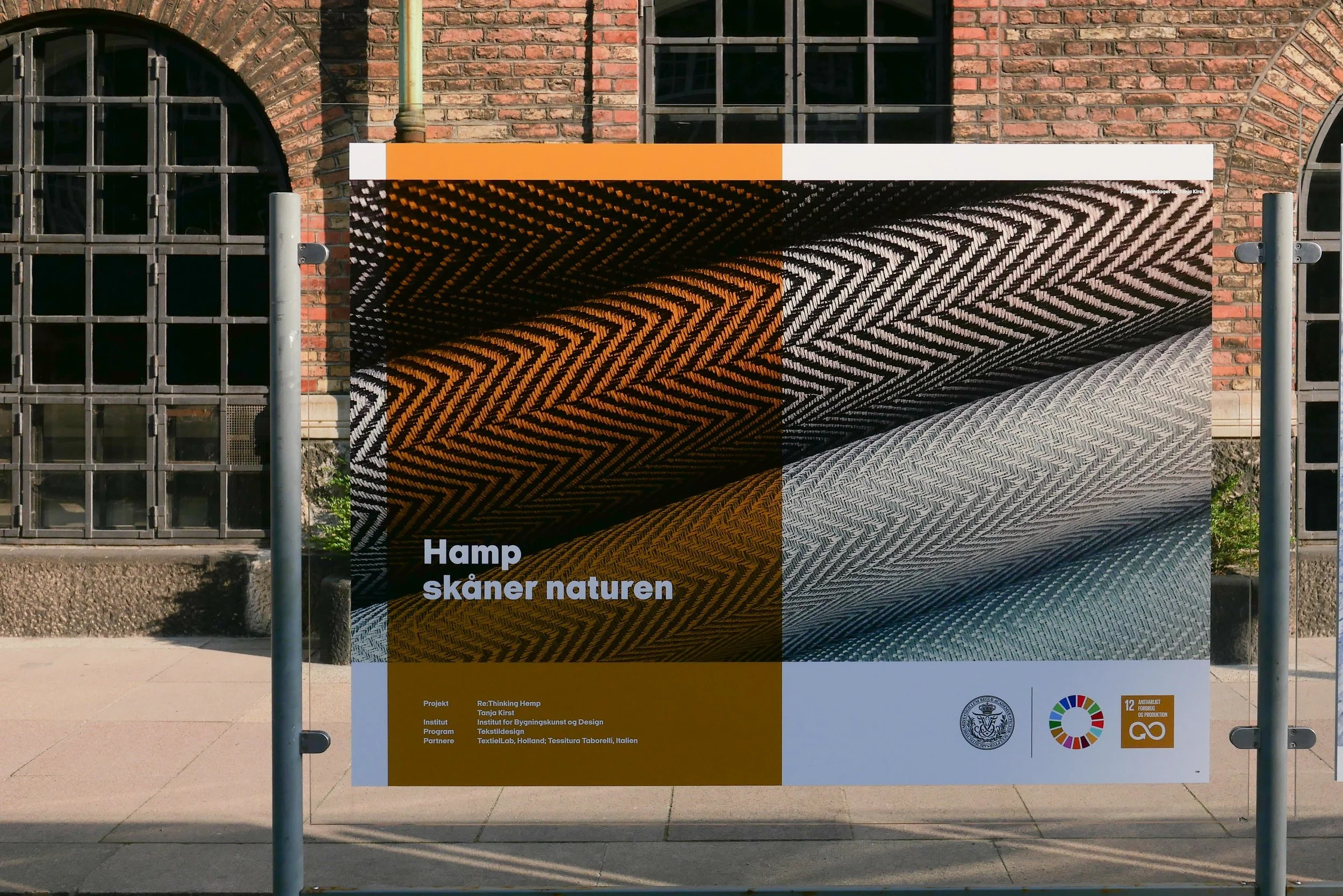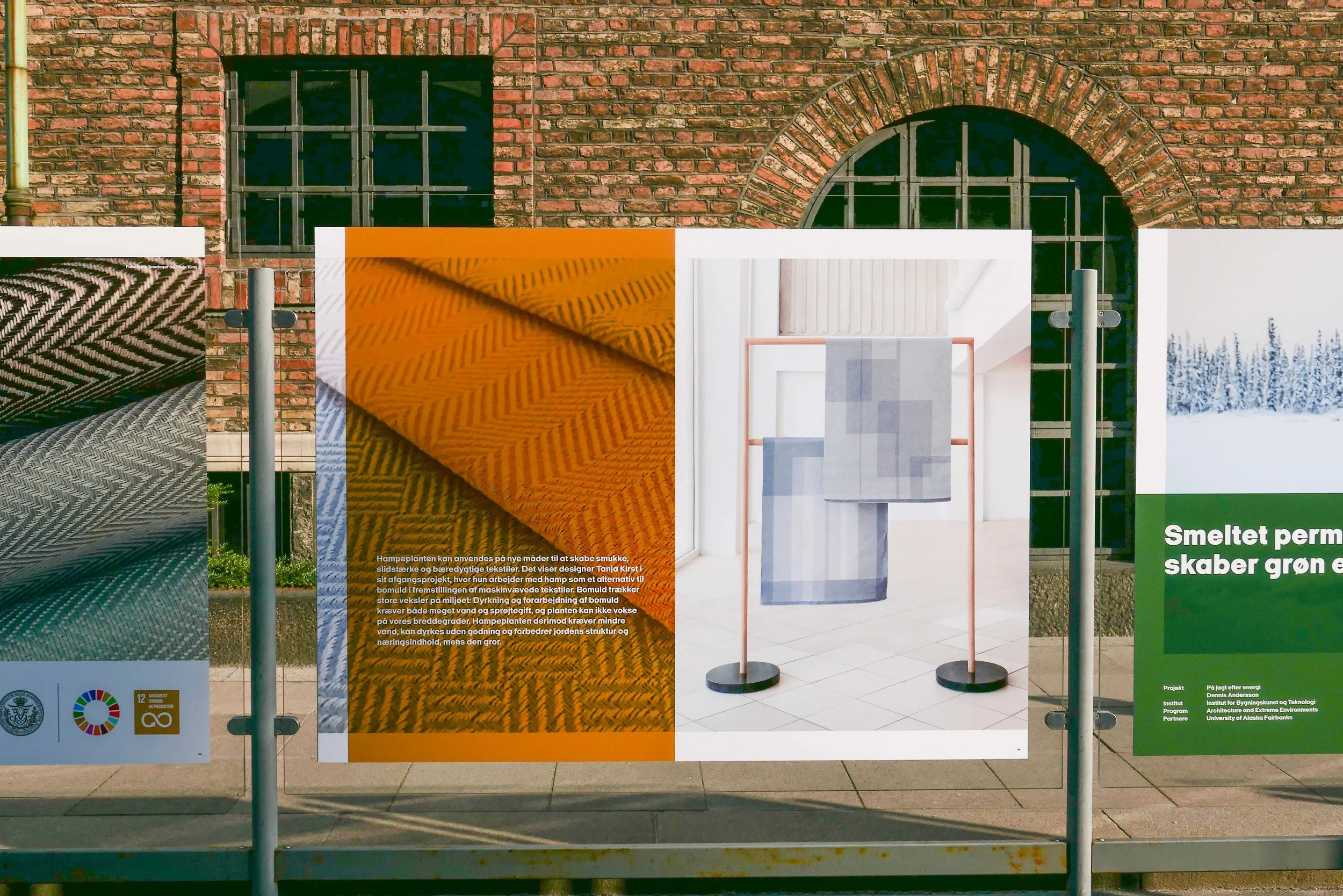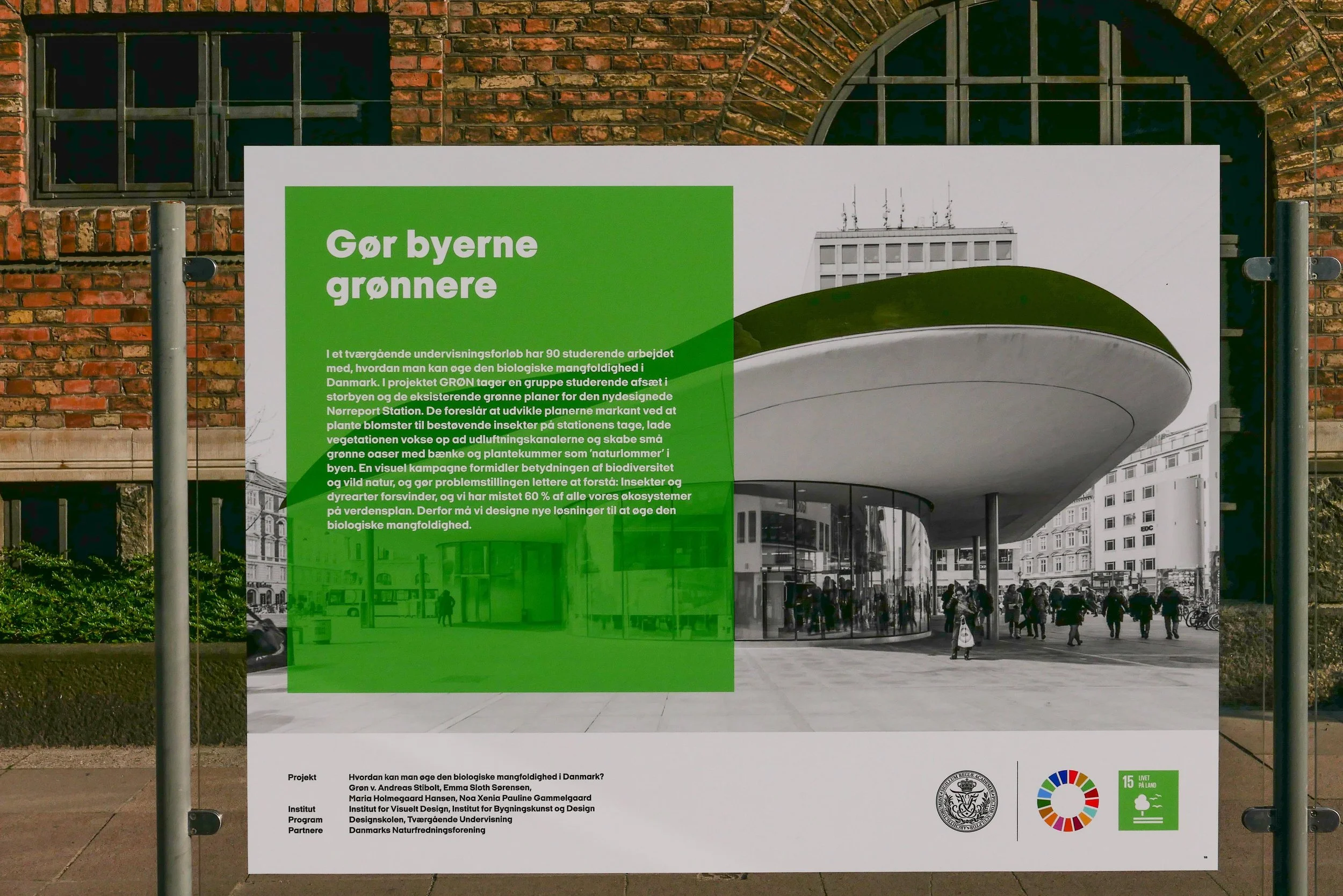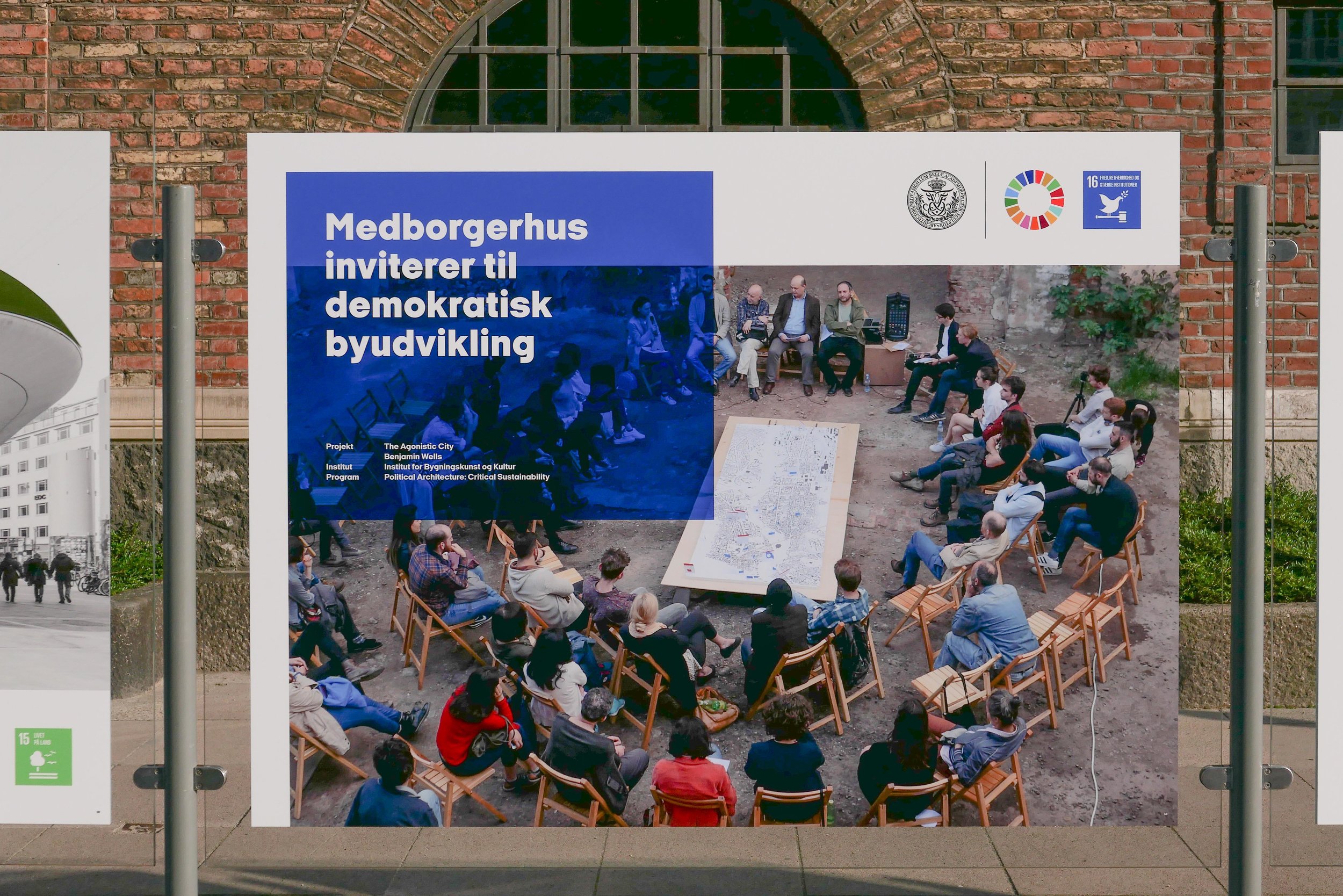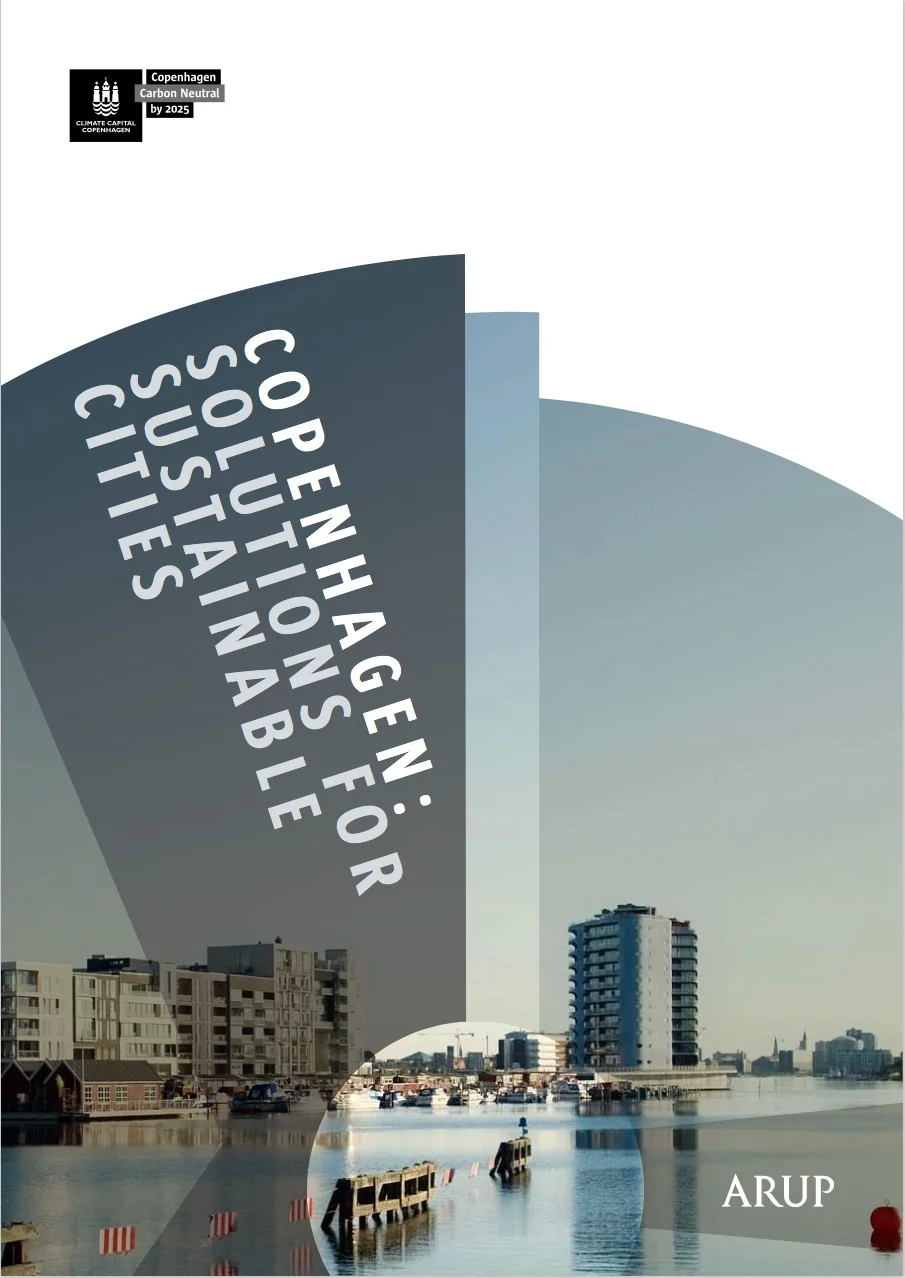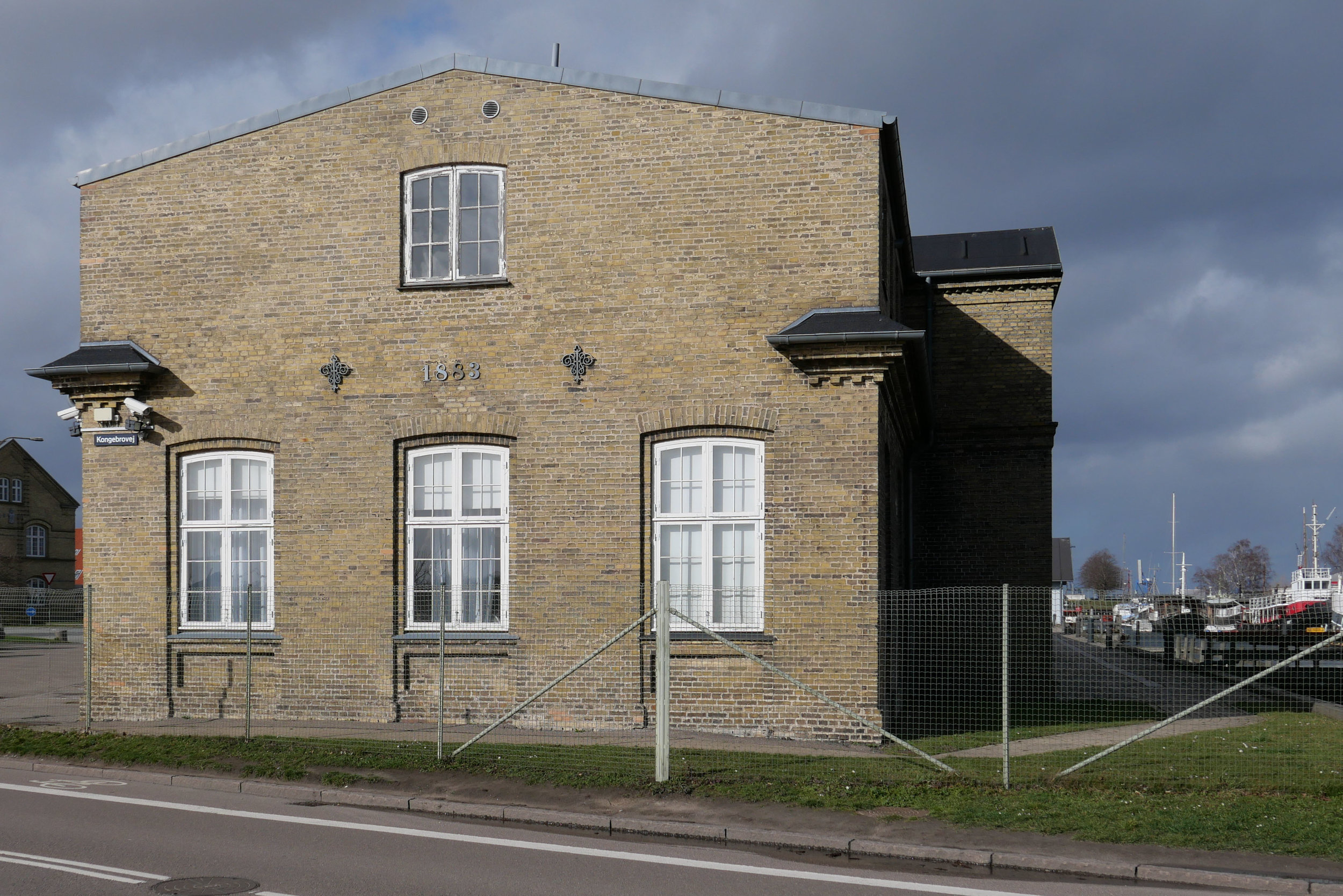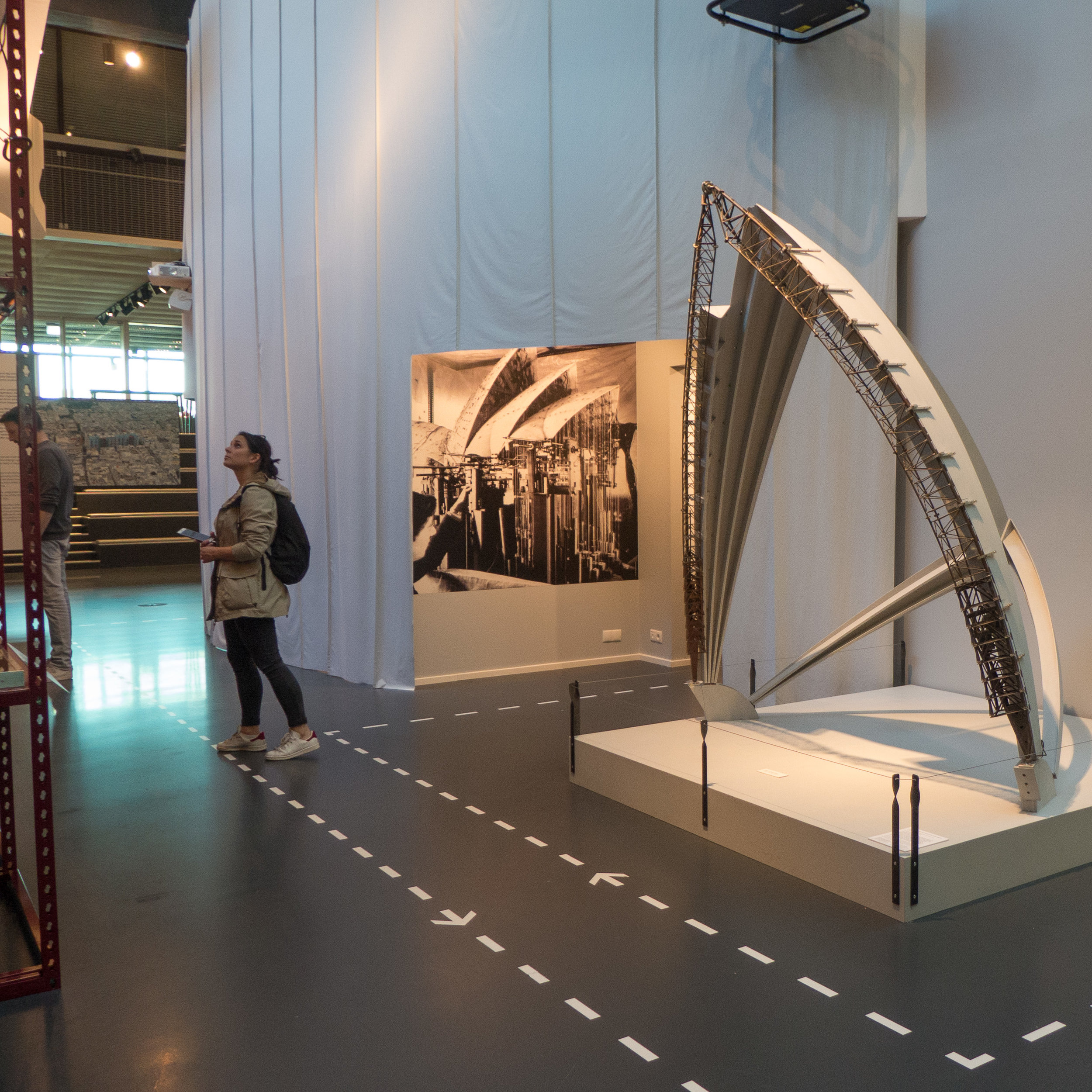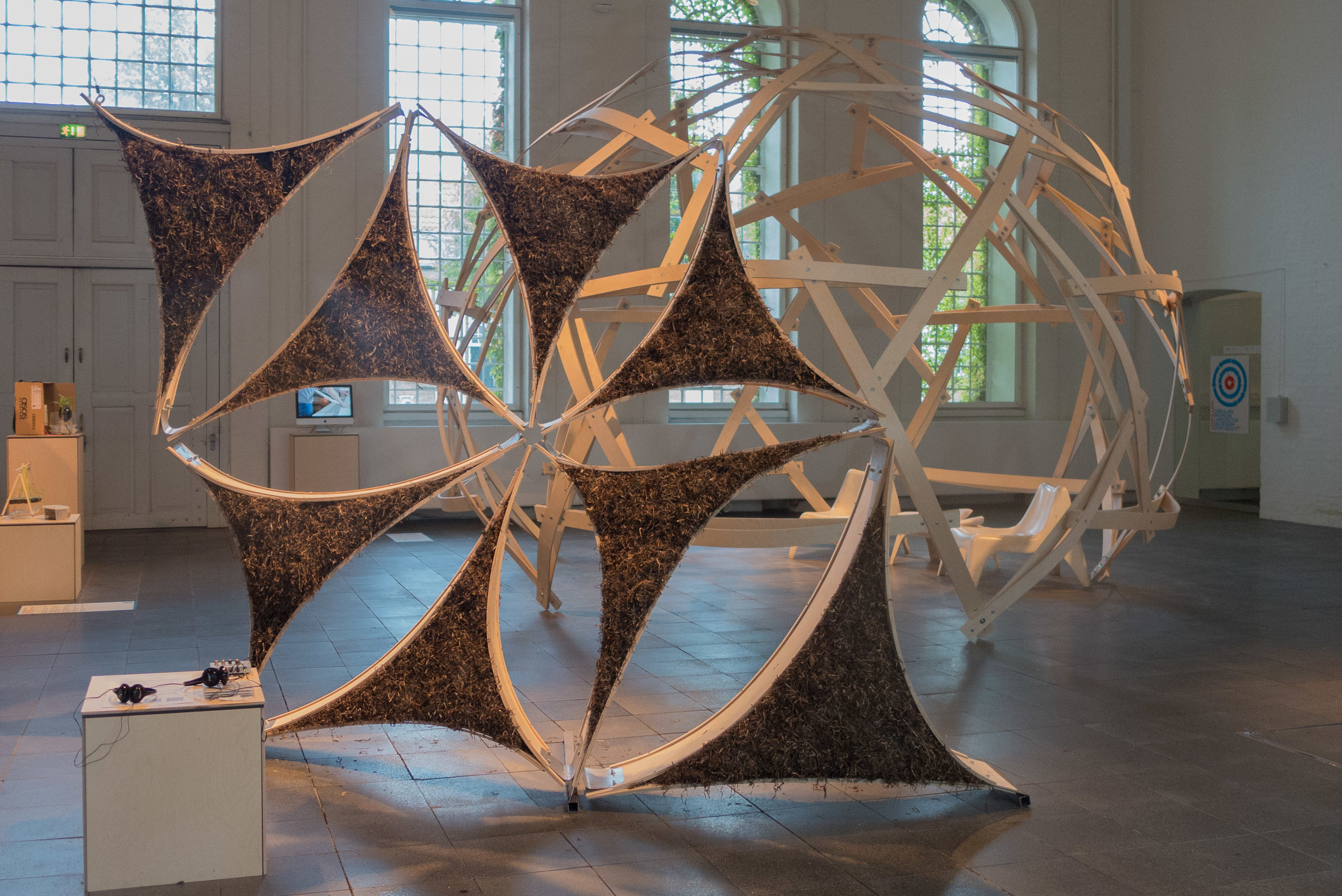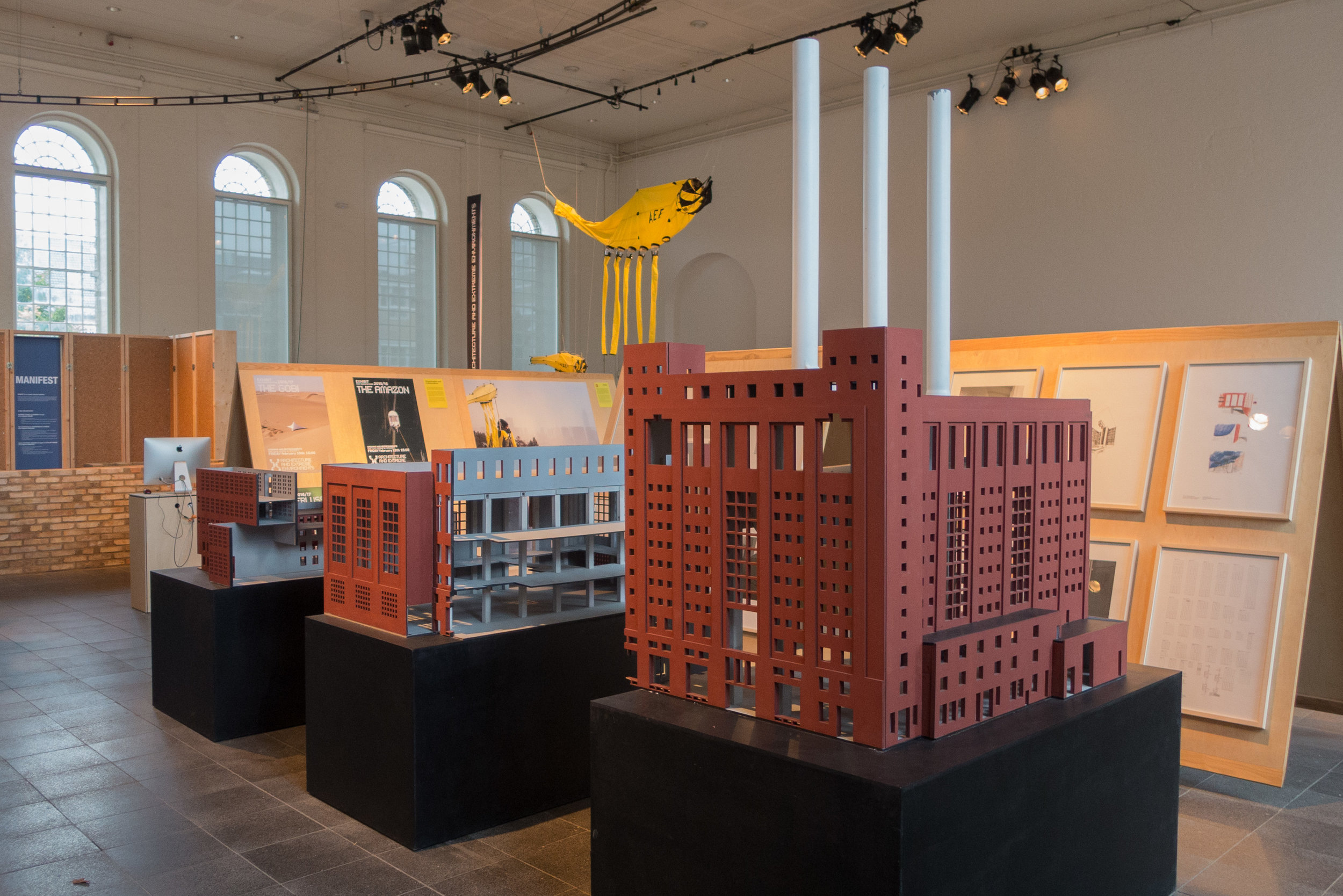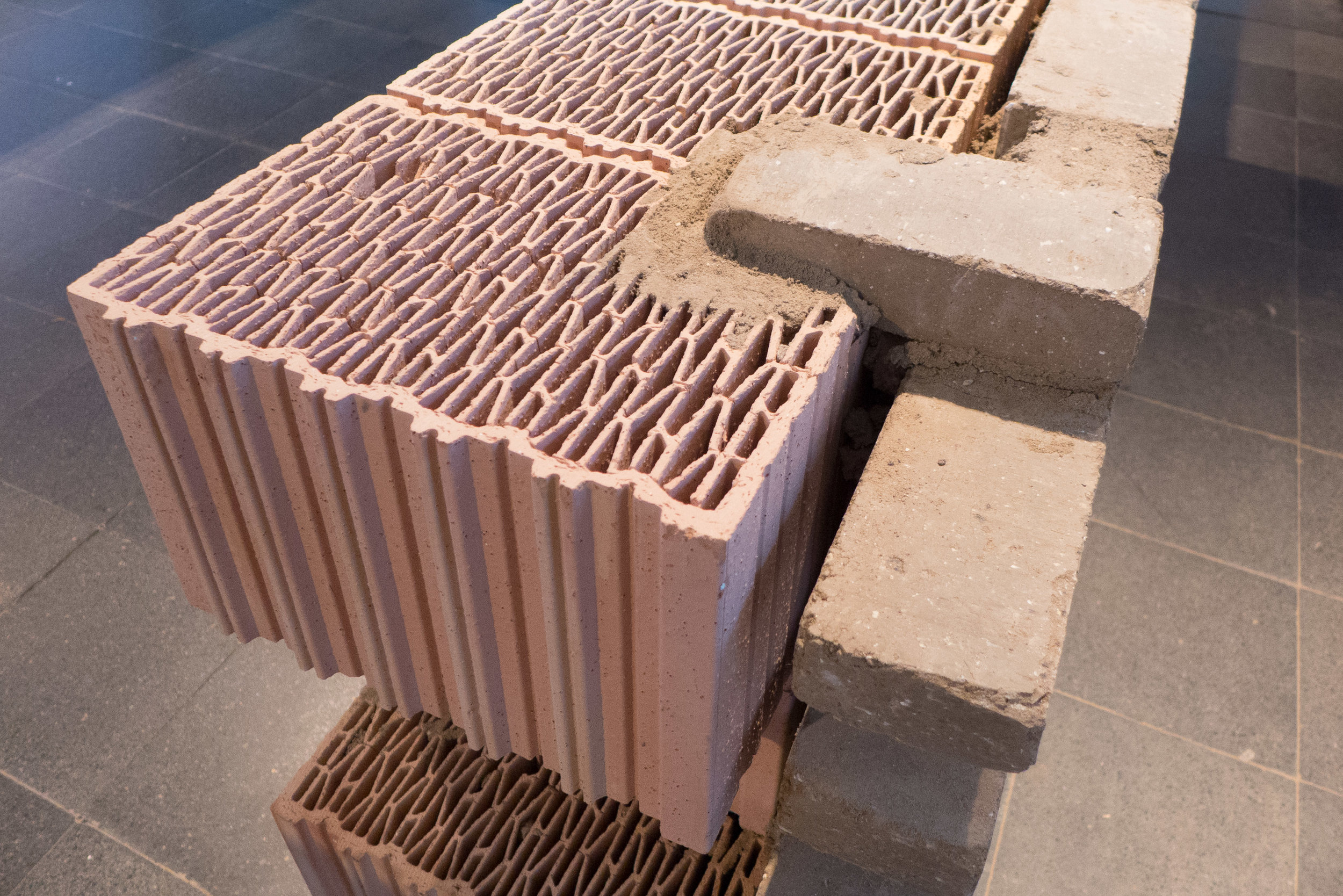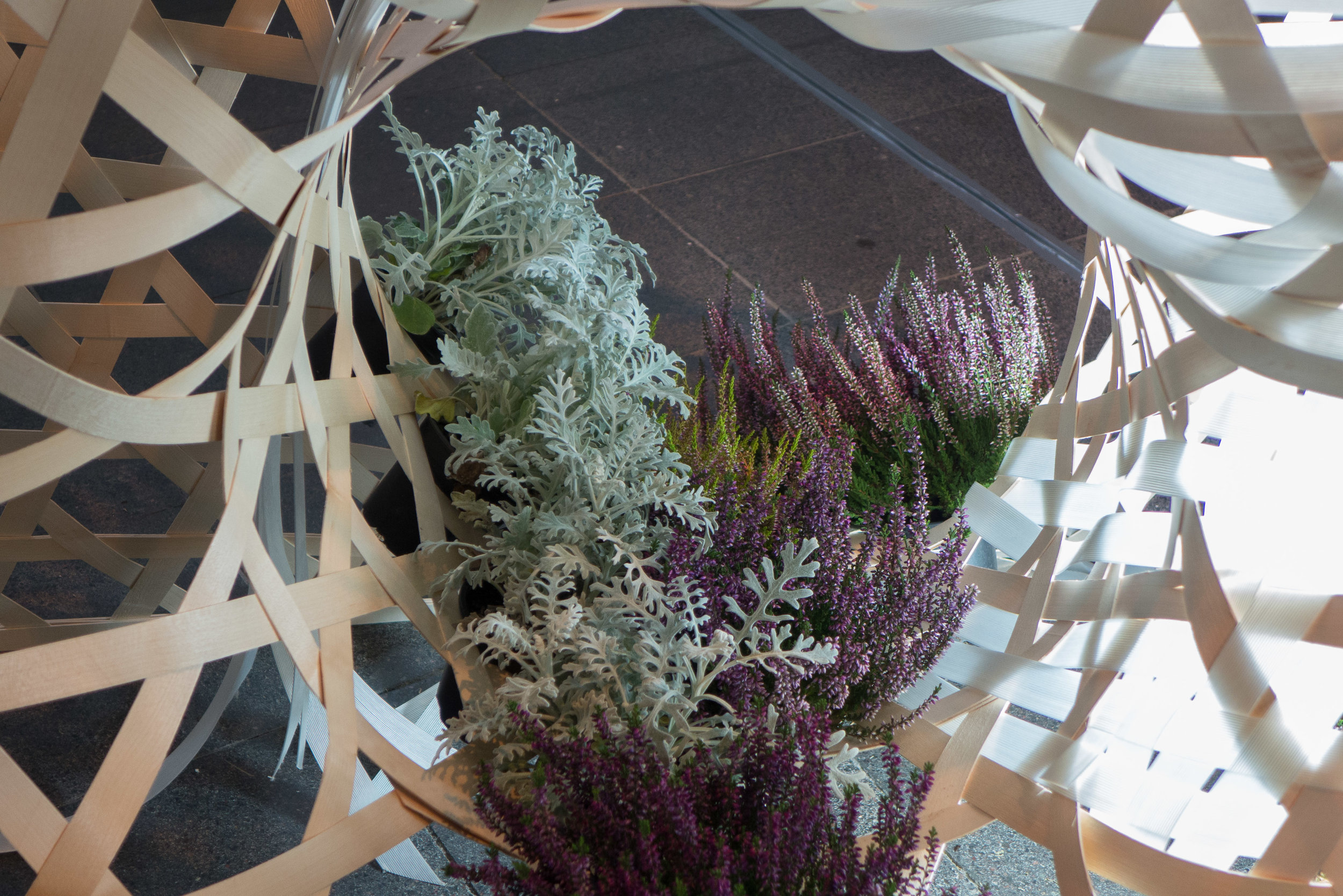Kunst i Byudvikling / Art in Urban Development
/Realdania have just published a report on sculpture and art in public space that is aimed at municipalities, development companies and other professionals to inspire them "to consider art as a value-creating asset in their own projects."
“Culture and temporary activities are often included in urban development to open up new urban areas and give them identity, involve local citizens, or attract investors and outsiders.”
Christine Buhl Andersen, director of the Glyptotek in Copenhagen, has written an introduction or overview and she emphasises the importance of art in public space … "art is increasingly used strategically to make urban areas, urban spaces and buildings vibrant and attractive."
The report points out that art in public spaces has a clear role in helping to create a good urban environment but requires a partnership between politicians, architects, planners, developers, builders and artists.
Works of art can be used to decorate or to improve urban spaces and buildings but can do so much more … "art can give the individual building identity, create experiences and contribute to the well-being of the building's users."
established art in public space
sculpture of the Glyptotek in Copenhagen
Sculpture can be part of an outdoor exhibition space … the Glyptotek itself is a good and long-established example with sculpture on and around the building providing open access to art, with decorative portrait busts in niches across the entrance front, decorative panels and the heads of exotic animals, on the building itself; figures, many of workers, on the lawns on either side of the building, and across the back of the art gallery, on the opposite side to the entrance, there is a quiet, pleasant public garden that is also an outdoor gallery for a broad selection of statues.
Much of the sculpture in Copenhagen commemorates major figures - either from the city or national figures including, of course, monarchs, statesmen and major academics, scientists and literary figures.
These are busts or full length figures but there are also more complex representations of the lives of people … an interesting sculpture by Elisabeth Toubro has been added to the line of more traditional busts on plinths across the front of the old university buildings on Frue Plads that commemorates the life and work of the mathematician and seismologist Inge Lehmann.
commemorating and remembering through public art …
a statue of Hans Christian Andersen by Augustus Saabye in the King’s Garden: Gottlieb Bindesbøll by Kai Nielsen in the courtyard of Designmuseum Danmark: Steen Eiler Rasmussen by Knud Neilemose at the Royal Academy buildings on Holmen:
a traditional bust of the physicist Niels Bohr at the front of the university buildings on Frue Plads and the less-traditional monument close by to Inge Lehmann by Elisabeth Toubro
traditional art in public spaces
Litauens Plads - art, sculpture or street furniture?
to mark the site of the important engineering works of Bumeister Wain there is a timeline set in the grass behind the sculpture
Now, many sculptures are designed to be sat on or climbed over and many have an important role in public spaces by encouraging people to sit in or use the space. Are the lines of low cylinders along the edge of the square at Litauens Plads street furniture? The red bird nesting boxes in the trees above suggest a complicated, diverse and subtle use of art works here.
Some artists can be reticent if they feel that their art is there simply to make the area more attractive or, worse, if it is there to increase the value of a development and politically it can be difficult if local people cannot relate to works; find them irrelevant or see the obvious cost as a waste of funds that might better be spent on supporting social projects.
The report looks at several major projects that have included public art in public spaces from the design stage with the examples of new sculpture incorporated into the new developments of Køge Kyst, south of Copenhagen, and Kanalbyen in Fredericia where there has been collaboration to integrate art from the start.
An ambitious new scheme for public art is evolving at Arken, the major art gallery to the south of Copenhagen. There has been extensive re-landscaping immediately around the art gallery but, because many visitors and tourists come out from Copenhagen by train, Arkenwalk will link the railway station at Ishøj to the art gallery down on the beach - a walk of 2.2 kilometres - with the final design selected after a completion that was entered by 27 teams of artists and architects. The new "art axis" will be marked by very distinct red lamp posts.
new street art
The Wave - an interactive light installation by Frederik Svanholm, Mikkel Meyer and Jonas Fehr
the bike and foot bridge by Olafur Eliasson - public art or engineered city planning?
hoardings around the engineering works for the new metro station at Trianglen painted by Benjamin Noir
Superkilen in Nørrebro in Copenhagen
Public art is not restricted to sculpture - or at least not what would traditionally be seen as sculpture. Superkilen in Nørrebro has lines of stools and tables marked out with board games and the Circle Bridge by Olafur Eliasson, opposite the national library, with its lighting, blurs the boundary between engineering and public art. Paintings on the high fencing around the sites of the engineering works during the construction of a new Metro line has provided an opportunity for a major project in public art.
Many of these more recent projects, including newer forms of public art in light or with projected video art or sound, are about social engagement but public art can have an important role in attracting people through an area to make it feel used and safe rather than empty and abandoned or underused and under appreciated.
The report identifies a general change in the response to art in the streetscape. It suggests that there is a growing reaction against public art that is temporary or experience orientated or projects that are designed to attract tourists and a move towards "liveability", so art enhancing everyday life for local users of the space … a move towards appreciating art that brings joy, beauty, curiosity, a specific sense of a specific place so context and consideration - in the sense of thoughtfulness - back to enhance how we see and use and occupy public space.
It also includes more mundane but important and practical summaries about realising projects; about determining frameworks and about practical matters of planning for operation and maintenance and even a reminder about seeking information about rules covering Tax and VAT.
Above all the illustrations show just how diverse and just how imaginative public art in public space can be.



